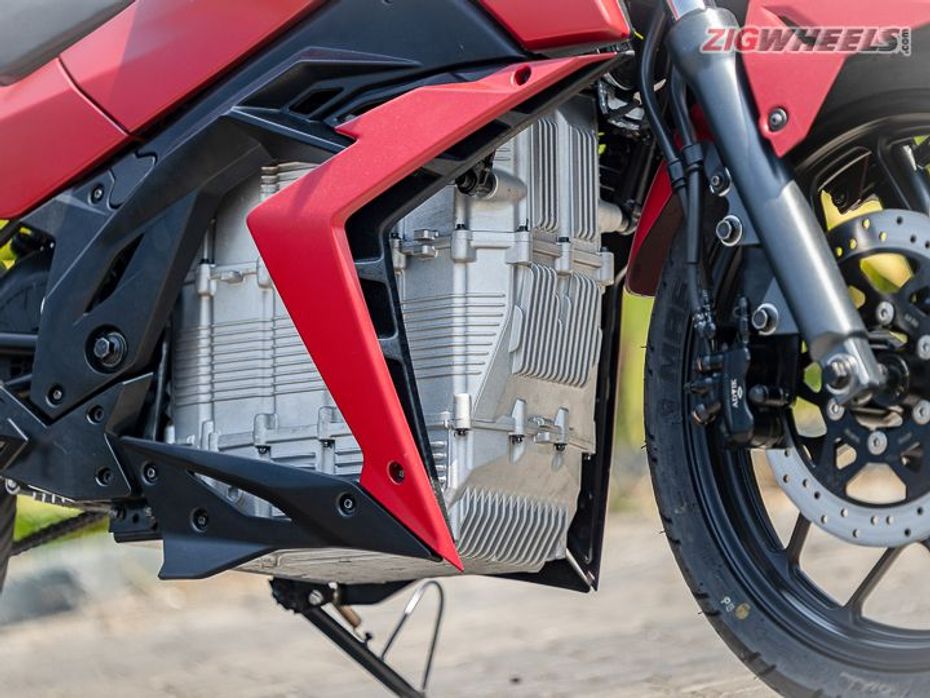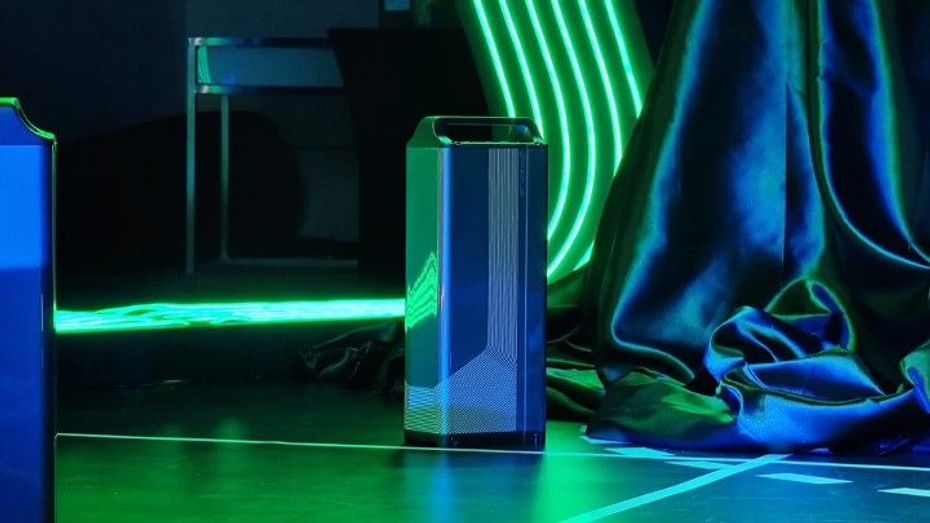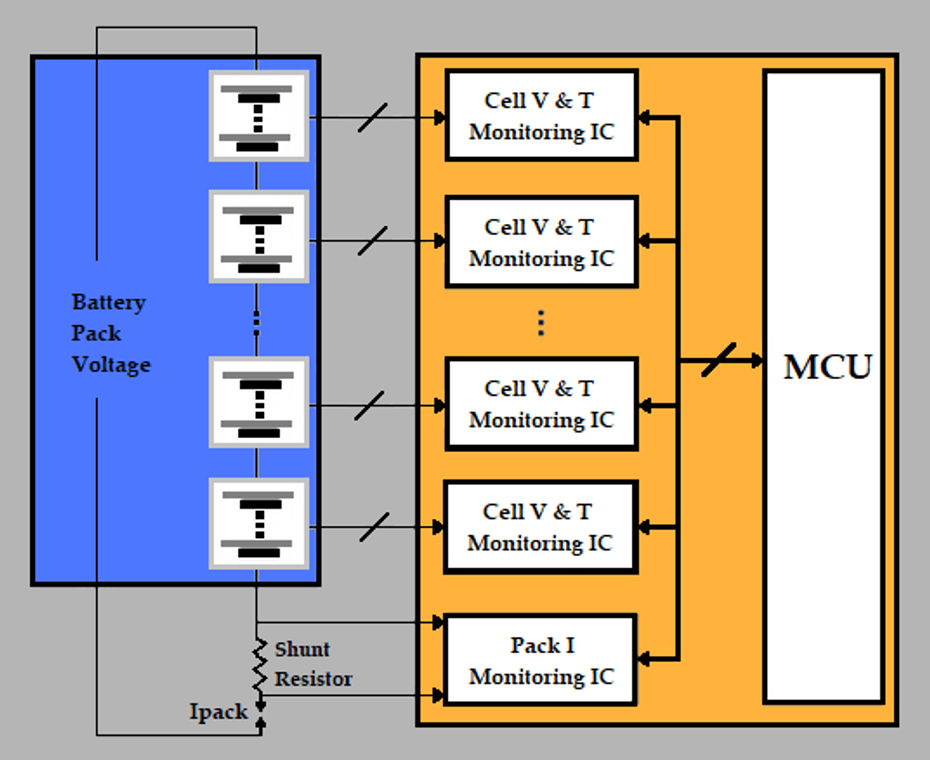
Tork Kratos ZigFF | First India-made Electric Motorcycle! | Price,...
- Jan 27, 2022
- Views : 13155


Battery Management System, as the name suggests, is a system that manages the battery – the most vital component of an electric vehicle. This small yet complex system is responsible for relaying all relevant data about your battery and keeping it at optimal functionality.
Why Not Simply Connect The Battery To The Motor?
One less computer onboard equals less complications and lower production costs, right? Well, wrong. You see, a BMS is one that coordinates with all the ECUs (Electronic Control Unit) onboard to keep your EV’s performance at an optimal level. Let’s start with its basic duties – managing the battery pack.

Most electric two-wheelers run on lithium-ion batteries, and that’s primarily because these have a much higher energy density compared to other battery chemistries (exactly why lead-acid-run EVs are dying). However, these batteries are also more prone to overheating and even catching fire.
That’s exactly BMS' most critical duty – Thermal Management. It continuously monitors the temperature, and can accordingly cool or deploy other safety mechanisms, including vehicle shutdown to minimise damage. And to keep the battery pack running at an optimal temperature, BMS also limits maximum charge to avoid overcharging.
So, Is The BMS Simply A Safety Device?
No, the BMS is also responsible for performance optimisation. BMS limits the charge flow, keeping the SoC (State of Charge) between the maximum and minimum limits. This way, not only does the temperature remains in check, but also ensures a longer life of cells. So, while charging, the BMS communicates with the charger to restrict the current flow as per the pack’s requirement, and while the vehicle is in use, communicates with the motor controller to keep the battery voltage from dropping too low.

In fact, some BMS also have a neat trick called ‘Cell Balancing’. Here, the system monitors the health/capacity of individual cells, and works to maintain equal voltage through each cell. So, if a cell isn’t in its optimal health, the voltage will be balanced via other cells which are in good condition, and hence keep the EV running without any hindrance.
BMS Is A Good Communicator Too
Now that we know that the system monitors safety and performance parameters, what happens when things go wrong? Well, in case of any thermal, charge or performance-related issue, the BMS relays the information to the motor controller and other ECUs about the relevant data like battery percentage, temperature and even error codes if there is any issue with the whole pack, or individual cells or even wiring.

Tork Kratos ZigFF | First India-made Electric Motorcycle! | Price,...

Tork Kratos R Now Rs 37,500 More Affordable

EXCLUSIVE: This Is Tork’s Upcoming Electric Scooter

The Tork Kratos R Now Gets More Range With The New Eco+ Mode

Here’s How The Tork Kratos Is Created

“Customers Are Not Happy With The Price Increase” - Tork...

Exclusive: Affordable Tork Electric Bikes Incoming!

Urban Trim launched for Tork Kratos R Electric Motorcycle

Matter Aera 5000 vs Tork Kratos: Specification Comparison
 Revolt RV400
Revolt RV400
 Ola Roadster
Ola Roadster
 Oben Rorr
Oben Rorr
 ABZO VS01
ABZO VS01
 One Electric Motorcycles Kridn
One Electric Motorcycles Kridn
India's largest automotive community
 Mahindra BE 6
Rs. 18.90 Lakh
Mahindra BE 6
Rs. 18.90 Lakh
 Hyundai Creta Electric
Rs. 17.99 Lakh
Hyundai Creta Electric
Rs. 17.99 Lakh
 Mahindra XEV 9e
Rs. 21.90 Lakh
Mahindra XEV 9e
Rs. 21.90 Lakh
 MG Windsor EV
Rs. 13.99 Lakh
MG Windsor EV
Rs. 13.99 Lakh
 Tata Curvv EV
Rs. 17.49 Lakh
Tata Curvv EV
Rs. 17.49 Lakh